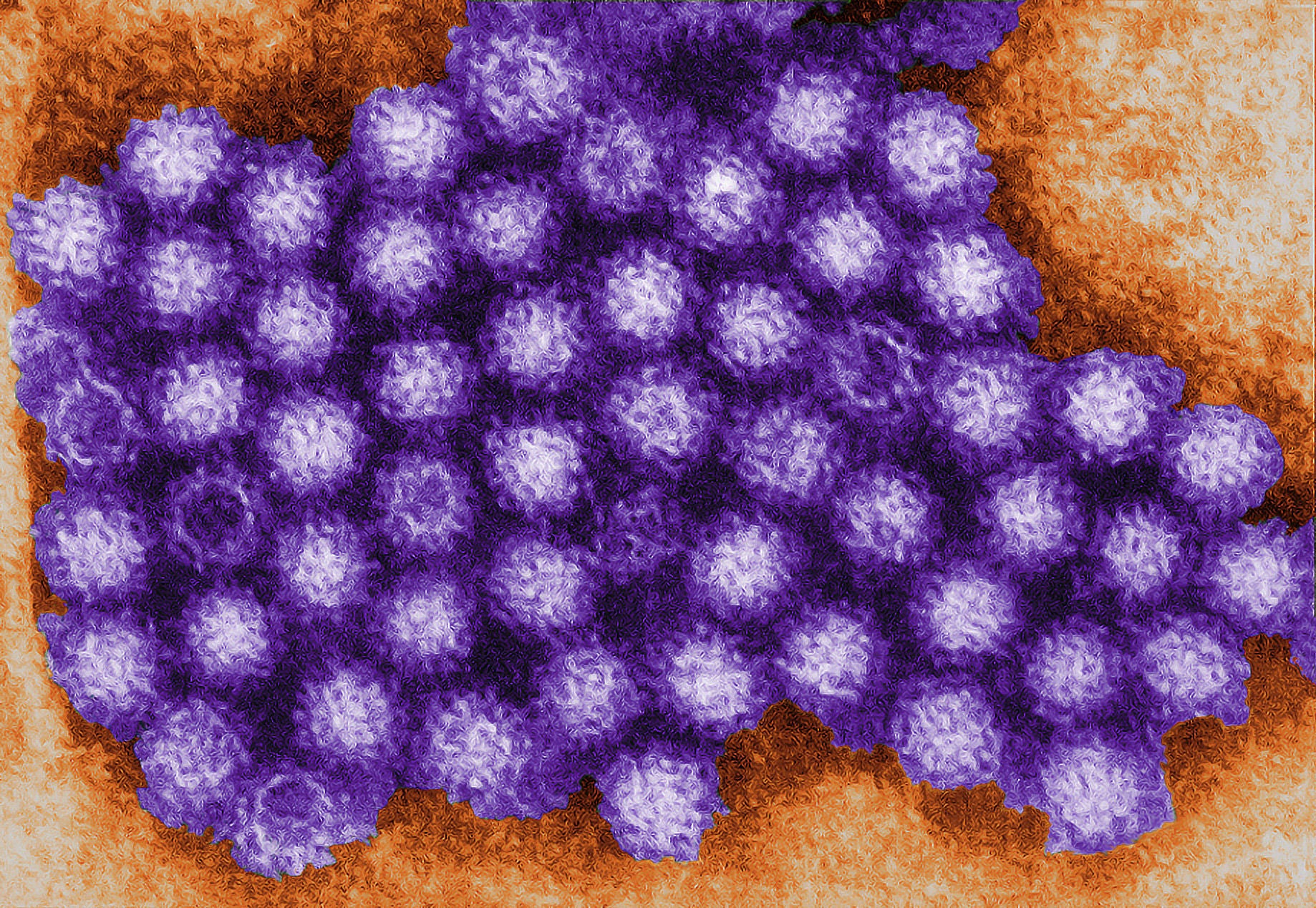
Noroviruscases in England have soared to their highest level in nearly a decade, according to the most recent figures.
An average of 840 adult hospital beds were occupied last week by patients with diarrhoea and vomiting or norovirus-like symptoms, up 52 per cent from 551 in the previous week.
It is the highest number since reporting began for the current virus season in November 2022.
It is also nearly three times the level at this point last year, when the average stood at 293, according to NHS data.
Levels of norovirus in the UK have been low since the country entered its first Covid lockdown in March 2020.
Restrictions aimed at combatting the spread of coronavirus also slowed infection rates of other seasonal viruses.
In a separate report released on Thursday by the UK Health Security Agency, it was stated that norovirus lab reports were up 47 per cent compared to the five-year pre-Covid average (2014 to 2019).
The UKHSA report, covering the two weeks between 20 February and 5 March, said the figure was still within the historical range in the decade pre-Covid (2009 to 2019).

There are six key symptoms of norovirus to look out for, including sudden onset of nausea, projectile vomiting, diarrhoea, high temperature, abdominal pain and aching limbs.
Norovirus spreads easily through contact with someone who has the virus or with contaminated surfaces.
If feeling unwell, people are urged to use soap and water instead of alcohol gel, which does not kill the virus.
While most people make a full recovery within two or three days, the virus can lead to dehydration, especially among the very young, elderly or those with weakened immune systems.
Professor Stephen Powis, NHS medical director for England, said a “surge” in norovirus is one of a number of factors adding to “significant” pressure on NHS staff, along with increased demand for beds and a rise in calls to the 111 service.
“Despite this, the NHS is continuing to deliver progress against its elective recovery plan, with the number of people waiting over 18 months cut by over 9,000 in January compared with the previous month,” Professor Powis added.
“We know there has been little let-up for staff this week, with some hospitals experiencing their busiest Monday of the year while strike action continues to present major challenges to hospitals.
“So it is important that people continue to come forward for the care they need by using 999 in an emergency or using 111 online for other conditions.”







